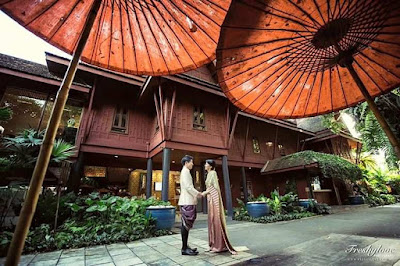Words: Brad Crawford
Early in the year, I had the chance to visit the beautiful, northern Thai city of Chiang Mai. After arriving in Chiang Mai late evening, the Tamarind Village Hotel in the old part of the city beckoned. This hotel is a beautiful traditional Thai style hotel in the heart of the old city walls. The renovated, original walls of the old city can still be seen and make for fantastic photo opportunities.
For those travellers wanting a nice standard property that has the added advantage of being quiet and centrally located, it is hard to go past the Tamarind Village Hotel.
During our visit to Chiang Mai, we visited the 'Sawasdee Elephant Sanctuary' where we watched these amazing mammals paint canvases with their trunks with different coloured paints. An elephant painting souvenir is a prized item as each has its own unique character. There are plenty of other clever tricks on offer during the performance so this is a visit that should not be missed.
Visitors also have the opportunity of riding the elephants before seeing them undertake their daily bathing ritual. Clearly, the elephants love this part of their routine!
Elephants are very highly regarded in Thailand and well cared for due to the important part they have played in the history of the country over the centuries. From the Elephant Sanctuary, the next part of our adventure was a visit to the Mae Ping River to experience some bamboo river rafting. This was an enjoyable and very peaceful experience.
The Mae Ping River is one of the longest rivers in Thailand and a rafting cruise gives you the chance to take in the surrounding scenery of the Northern Thailand jungle.
A unique cultural experience was had at the next stop with a visit to a local hill tribe just north of Chiang Mai which was very rewarding. We were entertained by the local school children singing traditional songs, colourfully adorned in traditional Thai clothing.
World Travel Service can arrange sightseeing tours around Thailand. You'll find travel desks in major hotels in Chiang Mai or you can arrange all your sightseeing arrangements with your travel agent before you travel.
THAI flights, hotels and sightseeing tours in Thailand can all be booked with travel agents in Australia or by calling 1300 640 373.




